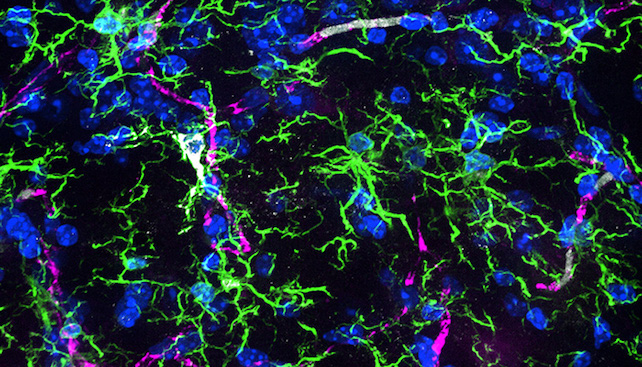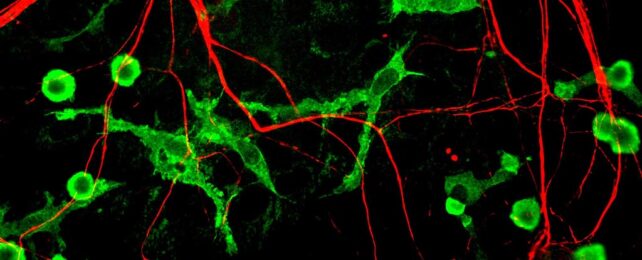Regular physical activity can offer major rejuvenation powers, helping people retain strength as they age while buffering against illness and injury. As a growing body of research suggests, this includes valuable protection throughout our bodies – including our brains.
According to a new study by researchers from the University of Queensland in Australia, exercise can slow or even prevent cognitive decline in mice, with a "profound and selective effect" on certain types of brain cell.
On top of demonstrating such an intriguing phenomenon in a fellow mammal, the new study also sheds light on how this effect is triggered inside the brains of physically active mice.
Studies have suggested similar benefits for humans, but many of the mechanisms driving the effects remain poorly understood, note the authors of the new study. Research like this can yield valuable insights on exactly how exercise bolsters the brain.
The researchers examined the effects of exercise and aging on gene expression in specific cell types within the hippocampus, a complex brain structure involved with learning and memory.
Groups of young and old mice aged 3 or 18 months were engaged in either sedentary or active lifestyles, with the latter getting exercise via a running wheel. Aging affected all types of brain cell, but seemed to affect some more than others, explains study co-author Jana Vukovic.
"We found that aging significantly alters the gene expression of all cell types in the brain, but had greatest impact on the microglia, which are immune cells of the central nervous system that support brain function," says Vukovic, a neuroimmunologist at the University of Queensland's Biomedical Sciences and Queensland Brain Institute.
Those changes aren't set in stone, however. When older mice exercised, the study found, their microglia looked more like those of younger mice.

"Our research showed that exercise, in the form of a running wheel for the mice, reverted the gene profile of aged microglia to patterns seen in younger versions of the microglial cells," Vukovic says.
While aging broadly affected other types of brain cells to some degree, exercise elicited a narrower counteracting effect on them, notes lead author Solal Chauquet, from the University of Queensland's Institute for Molecular Bioscience.
"Microglia were the only type of brain cell that showed a significant reversal of changes brought about by aging," Chauquet says.
Along with various changes in brain cells caused by aging, older mice also had higher levels of T cells in their hippocampus, the study found.
T cells are white blood cells with big responsibilities targeting foreign intruders, but the researchers aren't quite sure why they were more prevalent in the brains of older mice.
Nonetheless, physical activity was associated with a decrease in this age-related surge of T cells, hinting at another possible avenue for exercise to counteract the effects of aging.
"Giving the mice access to a running wheel prevented or reduced the presence of T cells in the hippocampus, a part of the brain involved with memory and learning, during aging," Vukovic says. "This shows that exercise reduces a process associated with aging in mice."
While a mouse study can merely hint at potential benefits for people, this still provides an important service, Vukovic adds. Future studies may rely on findings like these to uncover new insights about our brains, some of which might one day help us evade old age a little longer.
"Our findings in mice provide a platform for research into the human brain and aging," she says. "Further research could eventually develop therapeutic ways to target specific cell types to combat aging of the brain."
The study was published in Aging Cell.
